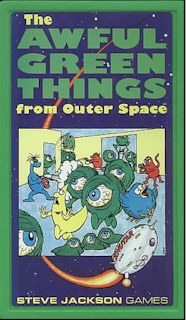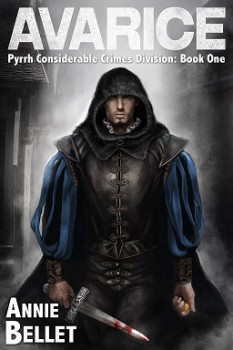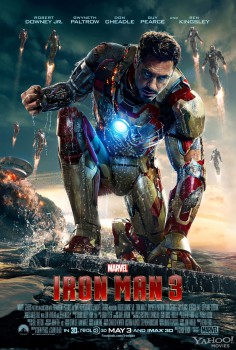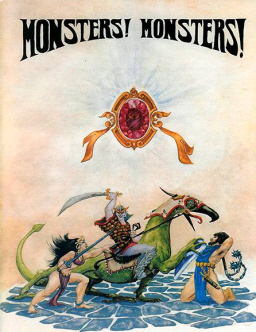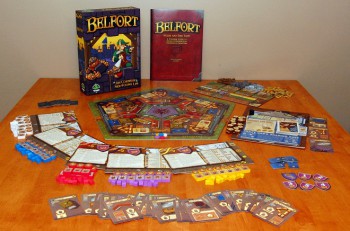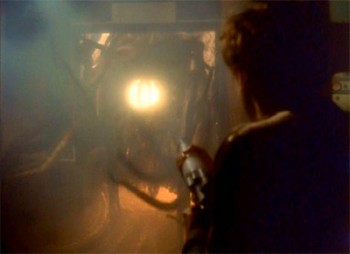Sean T. M. Stiennon Reviews Child of Fire
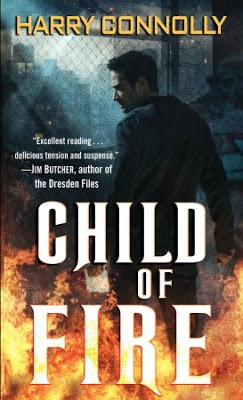 Child of Fire
Child of Fire
Harry Connolly
Del Rey (357 pages, mass market first edition September 2009, $7.99)
When we first meet Ray Lily, he’s in unpleasant circumstances. He’s less than 48 hours out of prison, driving a junker van through a Seattle rainstorm, and serving as chauffer to a boss who a.) is a powerful sorcerer, b.) wants to see him dead at the first possible opportunity, and c.) is paying him a wage of zero dollars per hour. Ten minutes after we meet him, he’s watched a boy die in front of his parents by exploding into sorcerous flame and melting into a swarm of silver worms. And then he’s watched the boy’s parents immediately forget they ever had a son, and drive away only vaguely confused.
It only goes downhill from there.
Child of Fire is a dark book. Sometimes shockingly, disturbingly dark, as is apparent right from the opening. That said, it’s also hugely entertaining, with noir-styled prose, a likeable narrator, and one of the most imaginative and horrifying monstrous adversaries I’ve ever encountered in fiction of any medium.
Our hero, Ray Lily, narrates the book in first person, and he bears comparison to hardboiled heroes like Philip Marlowe and Archie Goodwin, as well as the fantasy genre’s own Harry Dresden. He’s not quite as, well, heroic as Harry, though. He’s a criminal, recently out of a prison sentence that came at the tail end of a car-jacking career in L.A. county, and he still has a tendency to sort everyone he meets into two categories: victim and dominant.
But mysterious circumstances surrounding the death of his childhood friend have pulled him into the shadowy world of the Twenty Palaces, a league of sorcerers formed to protect the secrets of magic from outsiders and to hunt down the supernatural entities known only as “predators.” These are hungry creatures from an extra-dimensional world called the Empty Spaces, who exist in a constant state of hunger. When summoned to our world, they can offer terrible power in return for a chance to sate that hunger on humans.

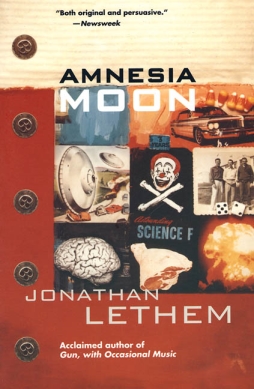 Not long ago, I came across a copy of Jonathan Lethem’s second novel, Amnesia Moon. I was curious: Lethem’s best known for his recent work in mainstream mimetic fiction, but his early novels were science fiction and he also wrote an odd take on Steve Gerber’s already-odd character Omega the Unknown for Marvel Comics in 2007. More, between 2007 and 2009, he edited
Not long ago, I came across a copy of Jonathan Lethem’s second novel, Amnesia Moon. I was curious: Lethem’s best known for his recent work in mainstream mimetic fiction, but his early novels were science fiction and he also wrote an odd take on Steve Gerber’s already-odd character Omega the Unknown for Marvel Comics in 2007. More, between 2007 and 2009, he edited 